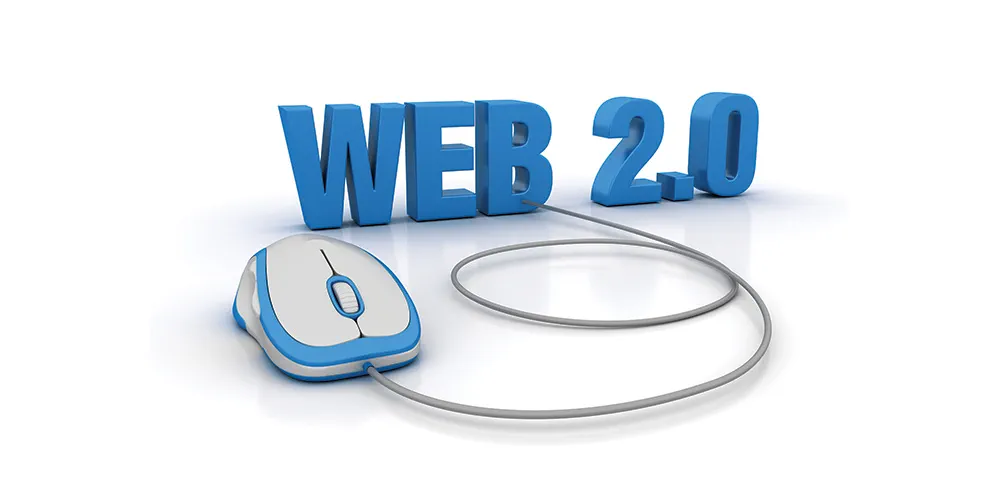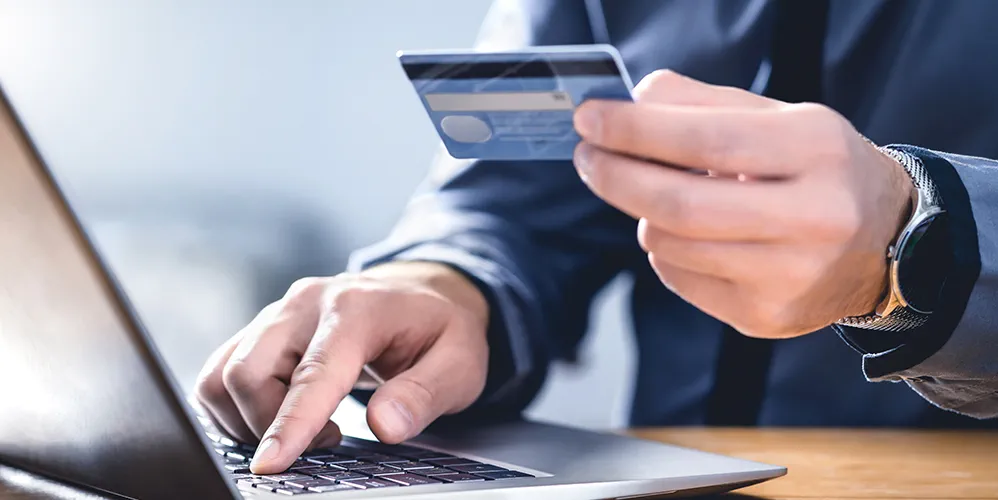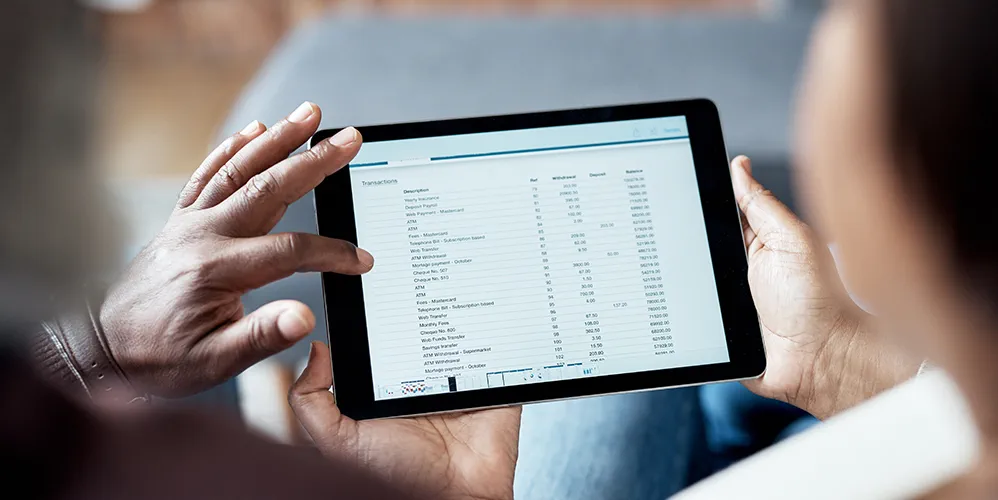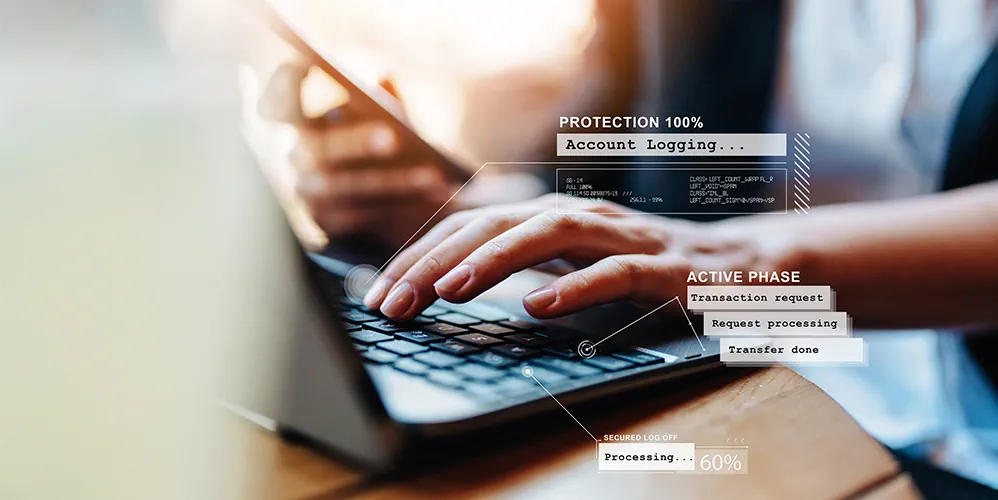
Internet of Value: Internet 2.0
07 Sep 2020

Internet in its current phase, has revolutionised almost all businesses across geographies. However, the current phase, ‘Internet of Information’ focuses solely on information exchange in the form of documents, images and videos.
Although information moves around the world instantly, a single payment from one country to another is still slow and expensive. In the US, a typical international payment takes 3-5 days to settle, has an error rate of at least 5% and an average cost of $42. Worldwide, there are $180 trillion worth of cross-border payments made every year, with a combined cost of more than $1.7 trillion a year.
With the emergence of blockchain, a new phase of internet called ‘Internet of Value’ has emerged. Internet of Value is underpinned by blockchain, which is the evolutionary technology that supports digital currency. With Internet of Value, a transaction such as a foreign currency payment can happen instantly, just as how people have been sharing information online for decades. Internet of Value can also enable the exchange of any asset that is of value, including stocks, frequent flyer points, securities, intellectual property, music, scientific discoveries etc.
Multiple startups have started working on this front. Fusion is an innovative blockchain solution created to bridge the interoperability gap between different blockchains through cross-chain transactions. It also has the potential to create off-chain transactions as the inevitability of a value-driven economy becomes more pronounced.
Similarly, Wanchain offers a unique solution for overcoming the limitations on cross-chain transactions through mass-market adoption of blockchain technology. It is developing a new distributed financial infrastructure that will connect the world’s digital assets. In order to facilitate the digitization of assets, Wanchain has built an internal private blockchain through which users can build smart contracts for a practical transfer of value.
Currently, there are various blockchain-based platforms which are not compatible with each other. Hence, assets on these platforms can’t be freely exchanged. For the internet of value to become a reality, uniform industry standards must be adopted in order to homogenize the world’s different financial systems.
We believe that this process of standardization can have a transformative impact on businesses in today’s world. This impact can be as instrumental as globalization efforts in 1950s or standardization of web protocols in the 1980s.
Popular Articles
Related Articles










-
Disclaimer
The contents of this article/infographic/picture/video are meant solely for information purposes and do not necessarily reflect the views of Bank of Baroda. The contents are generic in nature and for informational purposes only. It is not a substitute for specific advice in your own circumstances. Bank of Baroda and/ or its Affiliates and its subsidiaries make no representation as to the accuracy; completeness or reliability of any information contained herein or otherwise provided and hereby disclaim any liability with regard to the same. The information is subject to updation, completion, revision, verification and amendment and the same may change materially. The information is not intended for distribution or use by any person in any jurisdiction where such distribution or use would be contrary to law or regulation or would subject Bank of Baroda or its affiliates to any licensing or registration requirements. Bank of Baroda shall not be responsible for any direct/indirect loss or liability incurred by the reader for taking any financial decisions based on the contents and information mentioned. Please consult your financial advisor before making any financial decision.
What is UPI? Full Form, Meaning, Guide – Bank of Baroda
With the booming Digital Payment Ecosystem, India’s Financial Sector is soaring new heights. The newer payment models, sophistication in the acceptance infrastructure multiplied with customer’s need of convenience coupled with reliability has given an unrivalled thrust to the economy. In this digital age where mobile applications & payment systems are ruling over the masses, Unified Payments Interface (UPI) is placed in the top-drawer of all payment models.
Not only the ease but also the robustness of UPI has enticed users from all strata and demographics of the society to use this remarkable application.
What is UPI?
Unified Payments Interface is a real-time payment system that channels multiple bank accounts into a single application mobile application. This concept was developed by National Payment Corporation of India (NPCI) for facilitating instant fund transfer, merchant payments and collection of funds. The unique feature of this application is the “Peer to Peer” collect request which can be scheduled as per desire and convenience. The application offers a two factor authentication (2FA) which enhances the security and protects the interest of the customers. Customer will create Login PIN as well as UPI PIN in UPI. Customer has to use Debit Card credentials like Last 6 digits of the card and card expiry and create the UPI PIN by authenticating the same with OTP received on the registered Mobile Number.
Digital on-boarding process in BHIM Baroda Pay UPI APP
Please go to Google Play Store (Android Users) or iOS AppStore (iOS Users) for downloading - BHIM Baroda Pay UPI application.
Post complete download, the application will install on the device.
Click on the installed application to register and accept all app permissions to start the registration process.
Enter your registered mobile number and select the SIM Slot in which your registered mobile number is placed.
A silent SMS will be sent from your registered mobile number. Make sure sufficient mobile balance is available for sending silent SMS.
After mobile number verification, application prompts to enter name and proceed.
Select the Bank where your Bank account exists under the same registered mobile number.
Post selection of account, application will display the list of all eligible accounts for UPI.
Select any one / all the accounts and create a VPA (UPI ID).
Create login PIN, select security question and create answer.
Accept the Terms and Conditions and proceed, which completes the registration in BHIM Baroda Pay UPI.
Post registration, generate UPI PIN to be used for transaction.
In the home screen under added accounts, UPI PIN status will be displayed (Set / Not Set)
Click on the three dots icon under desired account.
Select the option -> Set UPI PIN. On the next screen-> Enter last 6 digits of debit card issued in the same account.
Enter the card expiry and proceed.
An OTP will be received on registered mobile number. The same will be auto read by the application. In case of devices where auto read facility is by default disabled, manually key in the OTP.
Now create UPI PIN and reconfirm the same.
UPI PIN is successfully set. Now you are ready to do UPI transactions…….
UPI for Collection Purpose
Merchants can use UPI channel for receiving / collection of payment from their customers. Customer can pay to the merchant either by sending money to merchant’s UPI ID or by scanning the QR code displayed at merchant location/ website.
Bank’s UPI platform is having capability to provide customized UPI based payment solution to merchants. Bank’s UPI platform supports low integration and transaction cost to merchant to enable UPI as a payment mode for transaction in addition to debitcard, credit card, wallet and net banking to accept the payment from the customer in convenient, easy and hassle free manner.
Risks, Vigilance & Prevention
The emerging digital payment channel comes with its own fair share of risks. Recent events give insights to the lack of awareness and negligence on the part of the customer which has resulted in huge loss of money to the customers. From Vishing to suspicious app download to spoofing, the socially engineered techniques to dupe customers has evolved drastically. Major Modus Operandi are as under
:
UPI SMS Spoofing Fraud
UPI Collect Request Fraud
UPI AnyDesk Fraud
Branches and staff are required to educate customers regarding the risks associated with the application used. More the clarity about the product, less will the unauthorized transactions in the accounts. As it is rightly said, “With more power comes more responsibility” and this is true in case of a payment channel so convenient and easy to use, UPI.
Significance & Future
UPI as a collection medium is growing drastically. The recent pandemic has helped to propel the transaction and usage of the application as it promotes contactless payments and with Government bringing in key initiatives driven by Digital mode, this product is said to shatter all known barriers and emerge as the most used payment mode in the ecosystem.
The interoperability is vital to facilitate transactions in a financial world of different account types. This has been made possible by the most advanced form of digital payment i.e. Unique Payment Interface (UPI) which justifies its name - “UNIQUE”.
UPI is a game-changer for Bank as an organization and which is laid out insightfully can consolidate Bank’s brand and enhance acceptance & penetration among masses and classes.
Know how to get FASTag for your vehicle
When driving on a toll road is that you have to stop from time to time to pay the toll. Sometimes the lines are long, and you have to rummage in your wallet/ purse to give exact amounts to the attendant, who more often than not, doesn’t have any change. But that could all be in the past with FASTag.
So what do you need to know about FASTag? Well, it’s a tag affixed to your vehicle’s windscreen, which allows you to zip past a toll booth. The amount is automatically deducted (using Radio Frequency Identification Technology, or RFID for short) from a pre-paid account that you need to fill.
Well, you may have no choice to get FASTag, since the government has mandated that all vehicles will need to have these tags. What’s more, the over 400 toll plazas over the country will no longer accept payments over the counter. So how to get FASTag for my car is what every vehicle owner needs to know right now.
How to get FASTag for cars
Where to buy: You canvisit any of the points of sale (POS) locations like toll plazas or banks like Bank of Baroda.
What documents do I need: You will need the following documents to get FASTag:
Registration certificate (RC) of the vehicle
Your passport-size photograph
KYC documents
What KYC documents do I need: If you are an individual vehicle owner, a valid driving licence should suffice for address and ID proof. You can also use the Aadhaar card, PAN card, voter ID card, and so on.
What charges you need to pay: You have to pay a one-time issuance fee of Rs 100 for the Baroda FASTag, and a refundable security deposit, which depends on vehicle type.
How to access FASTag account: Whenyoupurchase a FASTag card, you will get a username and password for the web portal, which you can use to recharge, make complaints, get details of transactions and so on.
What is the process for toll payment? You have to deposit a certain amount in your FASTag account. Each time you go through a toll point, the amount gets automatically deducted from the amount.
How will I know how much has been deducted? You will get an SMS on your registered mobile phone number each time the FASTag has been used to cross a toll plaza. So you can track every transaction you make.
How to recharge the FASTag account: Recharging the account is a simple process. You can do it online through Debit or Credit Cards, through Internet Banking or other methods like UPI. You can also do it by visiting any of the POS locations.
What is the minimum amount for recharge or top-up: The minimum amount is Rs 100. However, you may want to put more so that you have adequate balance in your account to ensure smooth driving.
What if I don’t have enough balance in my FASTag account? If you don’t have enough balance in your account and pass through a poll plaza, you will be blacklisted. That is, you will not be allowed to pass another time until you pay up the amount.
How to affix FASTag on the car: You will need to affix FASTag on the front windshield. However, your bank will give you instructions on how it’s done.
Can I use FASTag for more than one vehicle: No, you cannot do that. The FASTag is for one specific vehicle only. You will need different FASTags for different cars.
What if I’m charged wrongly for any transaction? If you are charged incorrectly for any transaction, you can complain online using your User ID and password. You can call customer care on 18001034568 at any time of the day or night.
What is the validity period of the FASTag card? The FASTag is valid for five years.
Who is implementing FASTag? FASTag is being implemented by the Indian Highways Management Company Limited (IHMCL) a company incorporated by National Highways Authority of India and National Payment Corporation of India (NPCI).
Your browser does not support HTML5 video.

